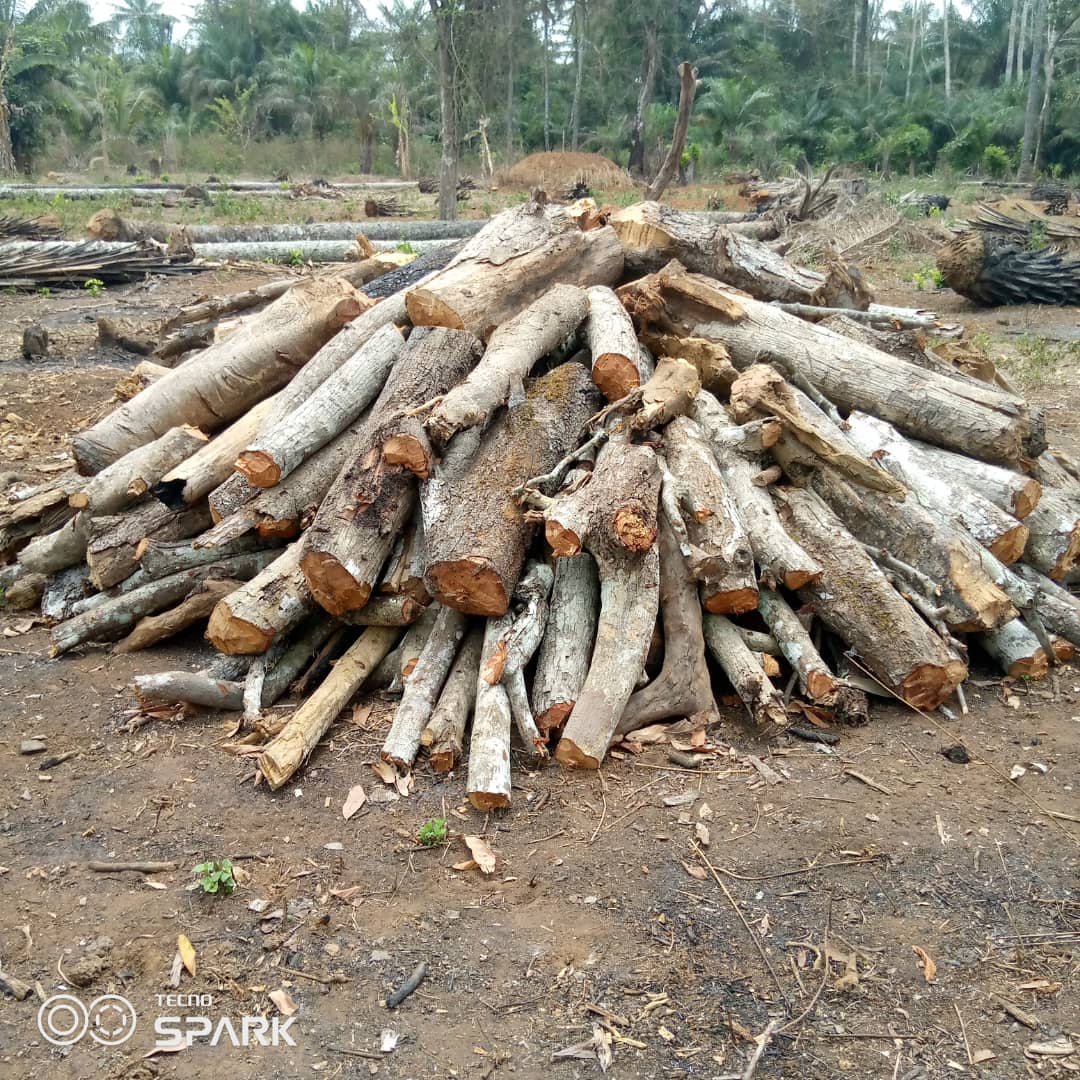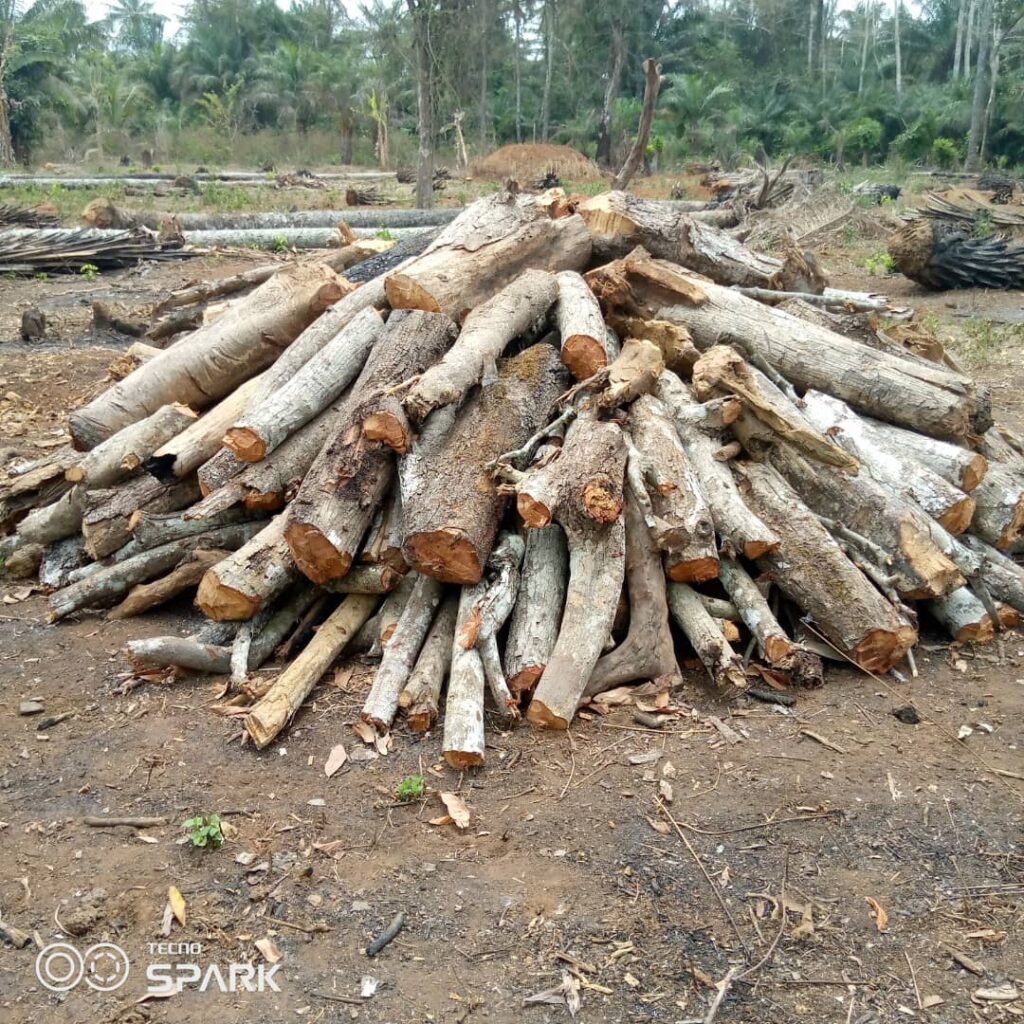
The salty breeze rustled through the leaves of the ancient mangroves, their gnarled roots twisting like the veins of a weathered hand gripping the mudflats of Freetown harbor. Mohamed Sesay, a young fisherman, cast his net, his eyes scanning the water for the glint of silver scales. But lately, the glint was fading.
For generations, the mangroves had been Freetown’s shield, buffering the city from the Atlantic’s fury and nurturing a rich ecosystem teeming with life. Now, however, the whispers carried an unsettling tune. Rising sea levels, fueled by a warming planet, were gnawing at the mangroves’ edges, leaving behind scars of salt-laden soil. Fish, once abundant, were seeking cooler waters, leaving Mohamed net hanging limp.
Mohamed wasn’t alone. Across Freetown, stories echoed the mangroves’ lament. Maria, a farmer at the city’s fringes, watched as unseasonal droughts withered her crops, turning her fertile land into a dusty wasteland. Aminata, a young mother, saw worry etched on her children’s faces as malaria outbreaks, fueled by stagnant floodwaters, swept through their overcrowded neighborhood.
But amidst the whispers of fear, a different melody began to rise. In the heart of the mangroves, a group of women, led by the wise Mama Aisha, nurtured a seed of hope. Armed with knowledge gleaned from workshops on climate-resilient farming and mangrove restoration, they planted new saplings, their green shoots defying the encroaching tide.
Mohamed joined their circle, learning techniques to adapt his fishing to the changing currents. Maria, guided by drought-resistant crop varieties, coaxed life back into her parched soil. Aminata, empowered by mosquito nets and sanitation awareness campaigns, saw the fear in her children’s eyes replaced by a flicker of newfound resilience.
Their stories, woven together by journalists like myself, resonated beyond Freetown. Policymakers, initially deaf to the whispers of the mangroves, turned their ears to the collective roar of a community fighting for its future. Funds were allocated for seawalls, solar panels replaced kerosene lamps, and climate-smart agriculture took root across the land.
The fight against climate change is far from over. But in the heart of Freetown, where the mangroves stand tall and the tide is held at bay, a different future whispers on the breeze. It’s a future where communities, armed with knowledge and empowered by stories, become the architects of their own resilience, proving that even in the face of a changing climate, the human spirit can bloom like a green shoot pushing through the cracks of adversity.
This story, based on the provided information and set in Sierra Leone, aims to highlight the health impacts of climate change while showcasing the power of community resilience and solutions journalism. Remember, this is just a starting point. You can personalize the story further by adding specific details, characters, and local contexts to make it truly your own.


